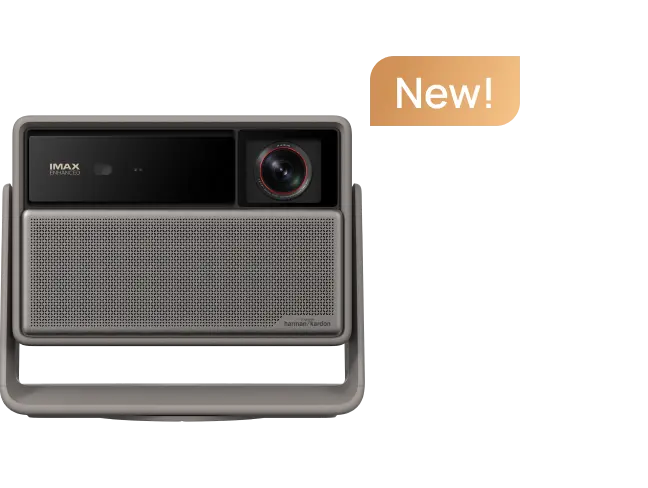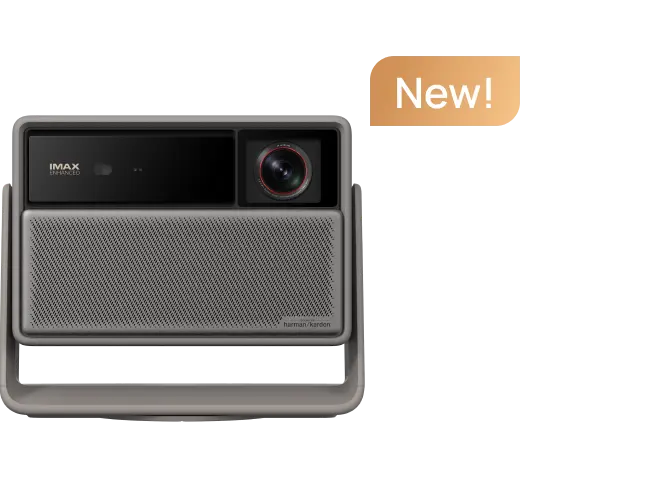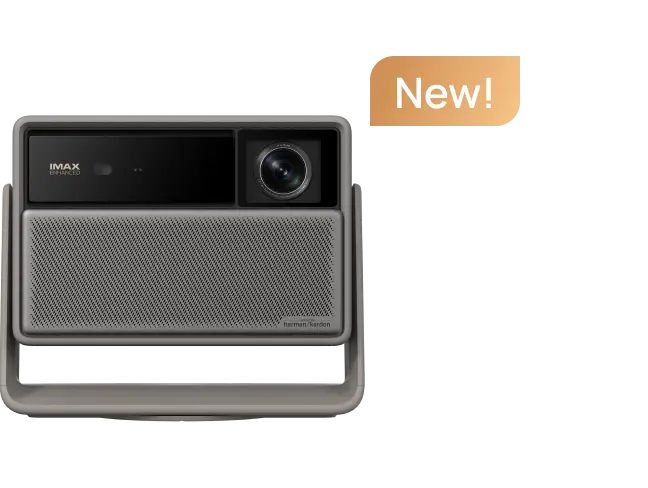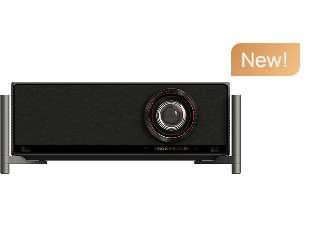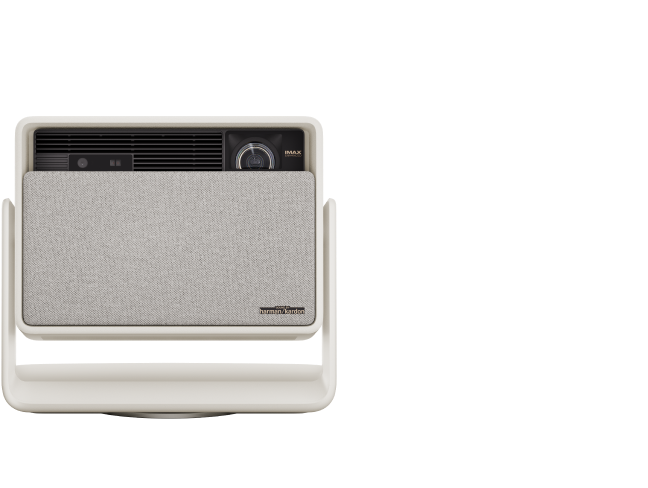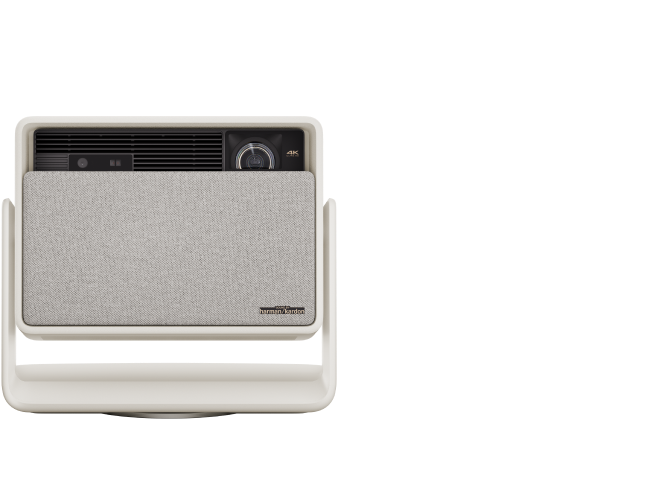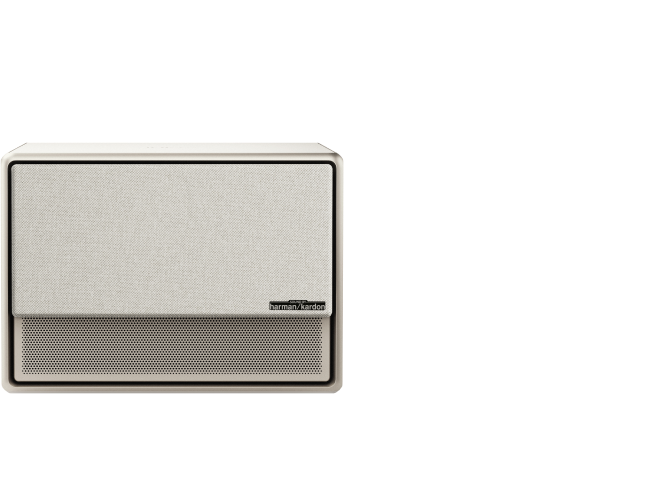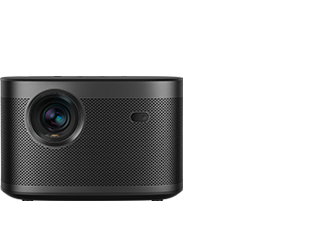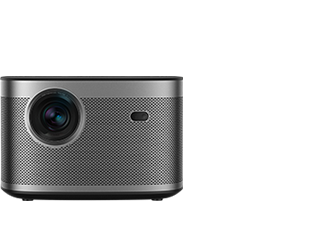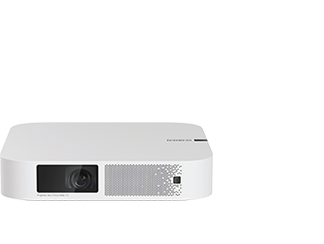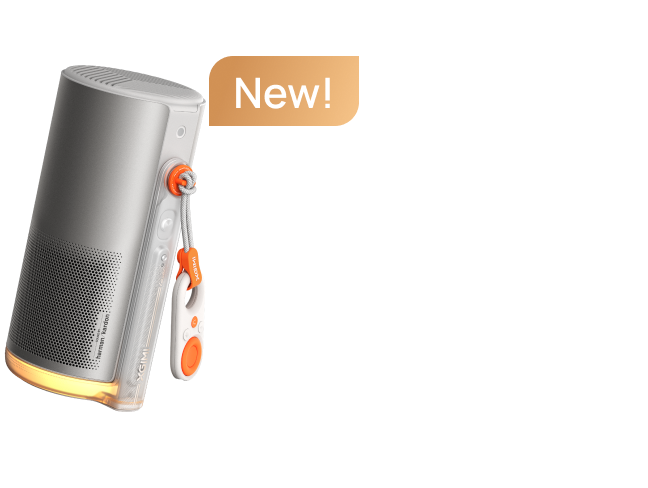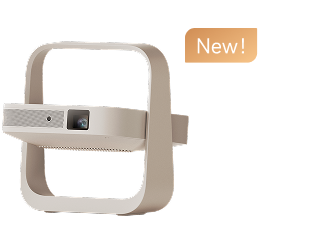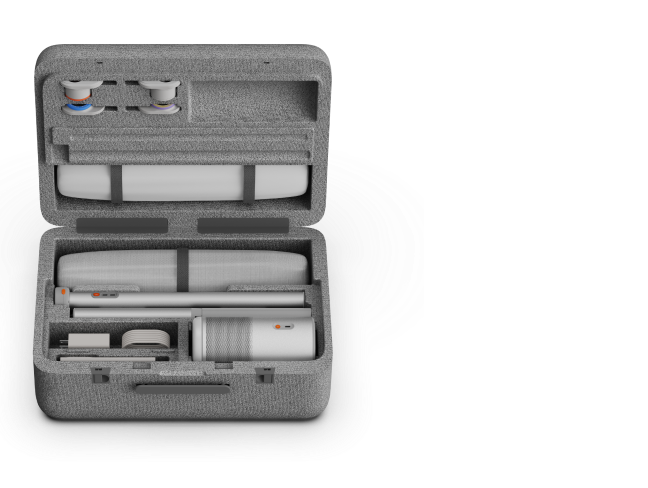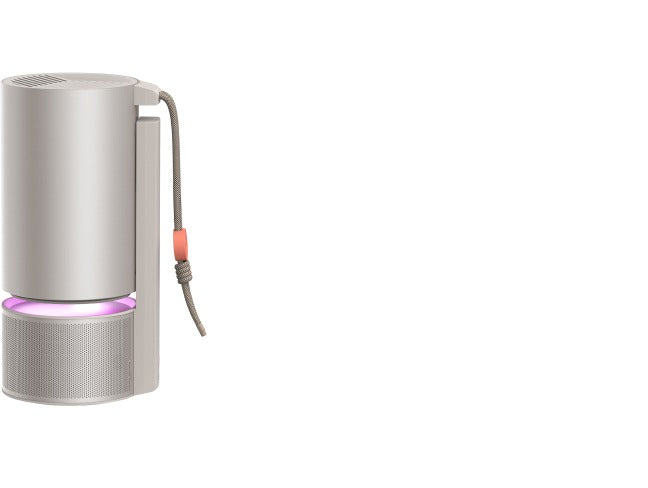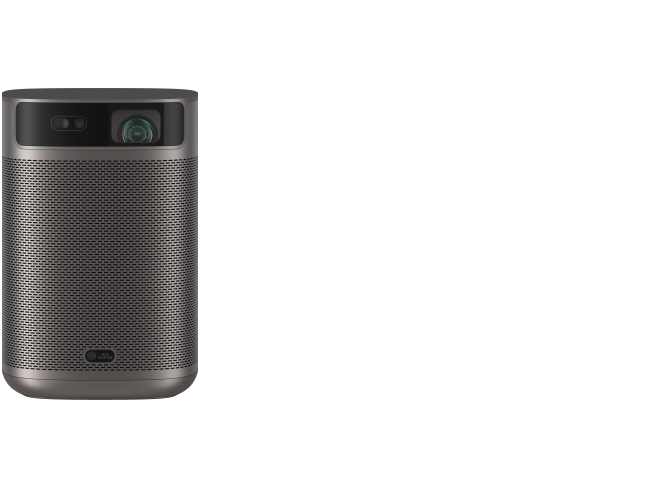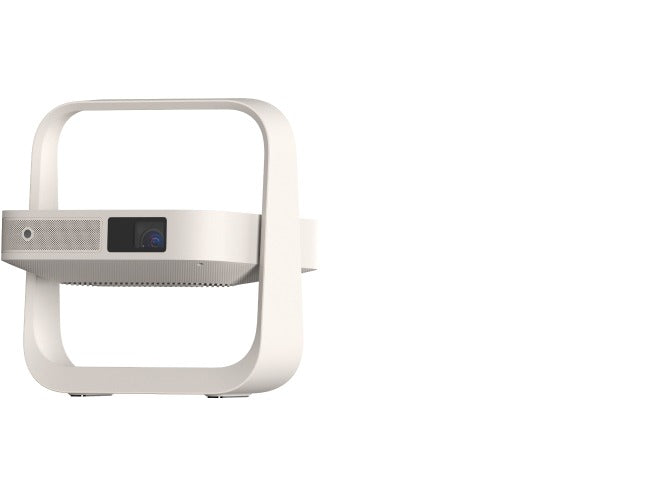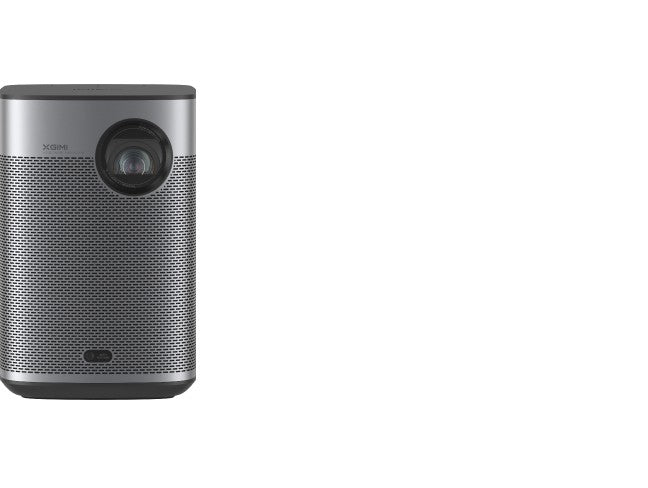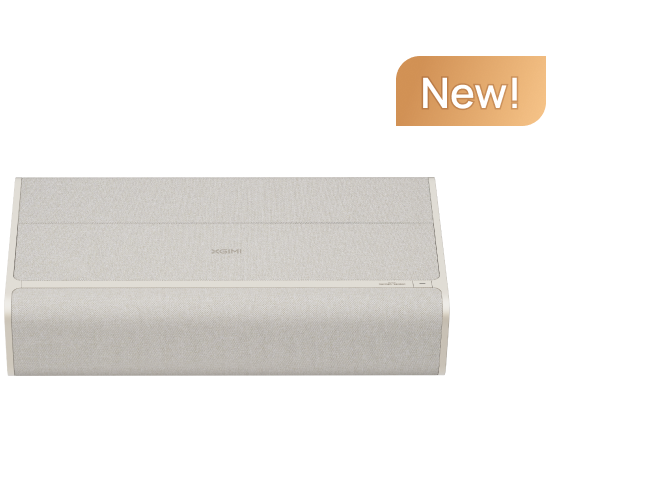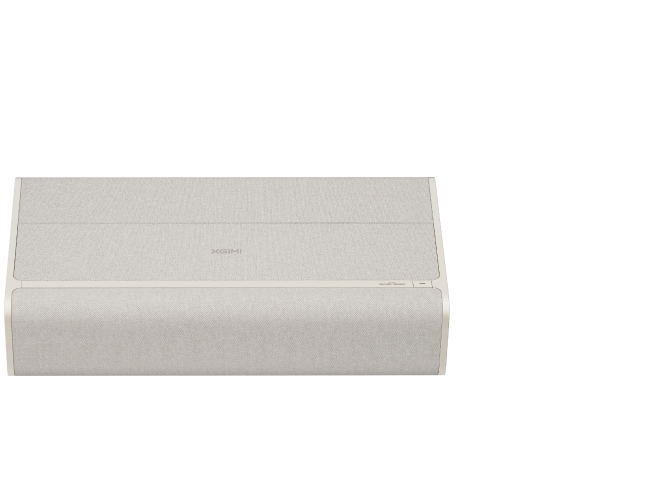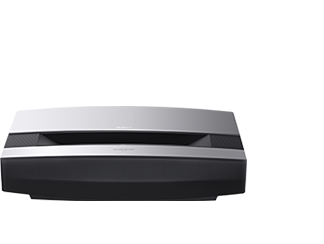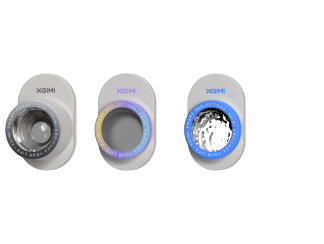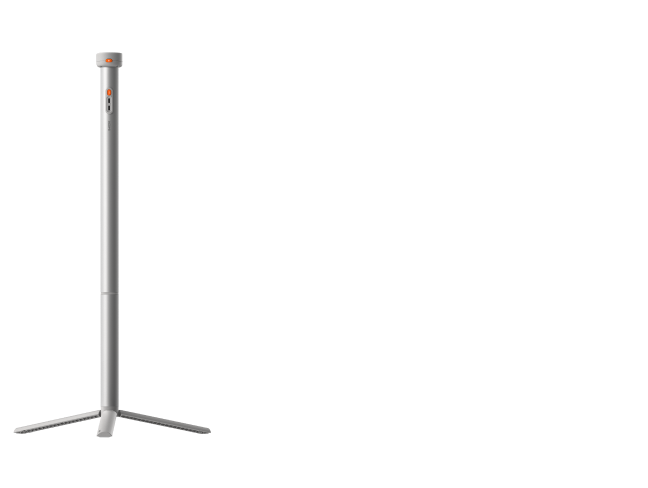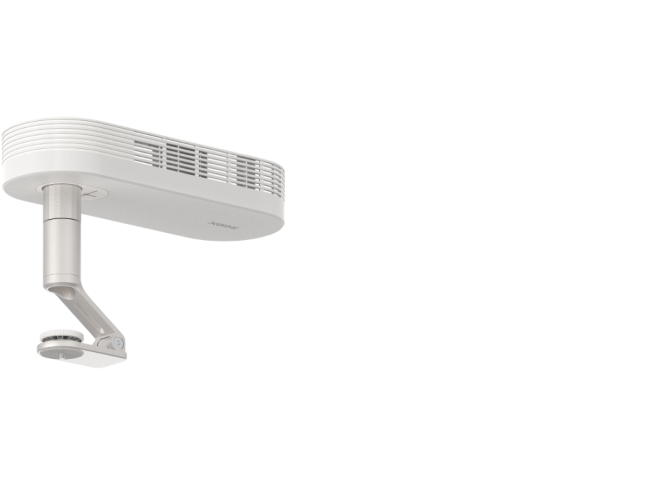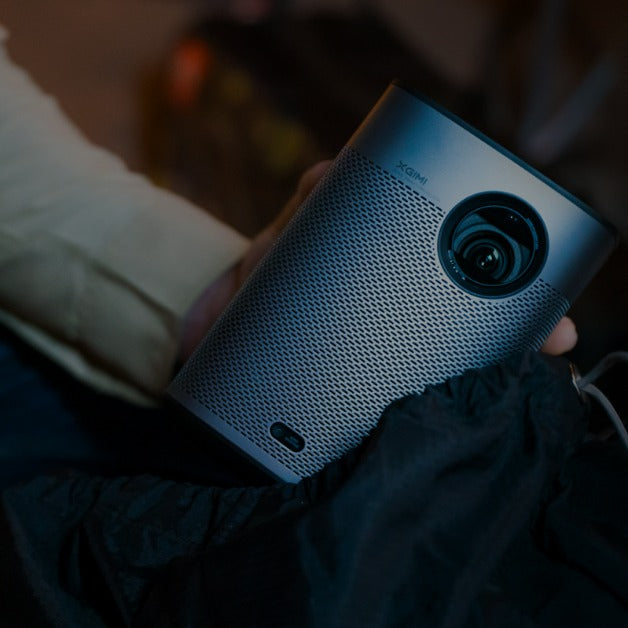Importance Of Resolution And Video Quality In Projectors
By XGIMI Tech - 2021-01
How Projectors Achieve High-Quality Images
When you watch your favorite movie at home on a massive 150” screen projection using a projector such as the XGIMI HORIZON Pro 4K HDR projector, the experience is phenomenal. Your family, friends, and you would admire the superb image quality, enhancing your enjoyment manifold.
Have you wondered how these superb images are possible?
The two important parameters attributable to high-quality images are resolution and video quality. You can understand video quality more easily because it refers to things like lighting and colors and smoothness of video playback without jerks and flickers. Resolution is relatively more technical than video quality because it refers to the media files in pixels.
You can often achieve high-quality images and videos with high resolution, and hence higher resolution becomes important.
What is Resolution in Projectors?
What does resolution mean? You would have seen a term such as 1920 x 1080 in reference to resolution. This is the resolution expressed in pixels. The first represents the number of pixels on the horizontal axis (width) and the second represents the pixels on the vertical axis (height).
A pixel is the short form of picture element. A pixel is a unit of image or video information of a particular part of a digital image or video. Several of these pixels combine to form the digital image or video. Since you can store these images, you can also reproduce these images whenever you need to on a digital display system. This is what happens when you watch a movie on TV or on a projected screen.
Images with higher pixels would be better than an image with lower pixels. Generally, higher resolution means higher pixels leading to better image quality. For instance, the XGIMI AURA is a 4K UHD projector (3840 x 2160 pixels) offering high-quality images.
Video resolution involves two types of resolutions known as standard definition (SD) and high definition (HD). Let us look at these in more detail.
A. Standard Definition
SD resolution is the low end of the resolution range, and typically, this constitutes 640 x 480 or 640 x 360 pixels. You will probably not see too much of SD now that HD is the preferred technology. However, SD finds uses in smartphones, tablets, and DVDs.
B. High Definition (HD)
HD resolution has made deep inroads in both technology and acceptance by users because of its ability to offer superb quality of images and videos. The lower end of HD resolution is 1280 x 720 pixels. The defining feature of HD resolution is the display of sharper images and videos.
High definition today comes in several formats:
- High Definition (HD) - 1280 x720 pixels
- Full high definition (FHD) -f 1920 x1080 pixels
- Ultra-high definition (UHD) -f 3840 x 2160 pixels
- 4K definition - 4096 x 2160 pixels
Besides the above, other formats include
- Quad high definition (QHD) - 2560x1440 pixels
- 2K definition (QHD) – 2560 x 1440 pixels
- Ultra wide high definition – 5120 x 2160 pixels
- 8K definition – 7680 x 4320 pixels
- 10K definition – 10328 x 7760 pixels
What Affects the Projection Video Quality?
Apart from resolution, video quality is the other parameter important to producing high-quality images and videos. As we saw while understanding resolution, video quality also depends on several attributes that affect the image or video quality displayed.
HDR
Prior to HDR appearing on the scene, you could not differentiate the contrast in brightness. You could also not discern the shades of different colors and tone shifts. With HDR, you can display deeper colors, broader color gamut, higher brightness, and more immersive video quality compared to standard dynamic range (SDR). You can learn more about HDR vs SDR.
HDR stands for high dynamic range, which means that on the same screen you want to see the whiter whites of an image as also the darker blacks in the same frame as per the original image or scene. You can observe different variations in real life, but how do you show these on videos. This is where HDR becomes useful to improve video quality.
At present, you have access to the following variations of HDR:
- HDR10
- HDR10+
- HLG
- Dolby Vision
HDR Metadata
Metadata is information about data. It enables you to understand where the data came from, how it was collected, stored, disseminated, and how it can be used. For instance, if you watch a movie at home on a projector screen, the metadata would allow the device to use the data properly to screen the movie.
Metadata is of two types – static metadata and dynamic metadata. Static metadata involves the use of common information on brightness and color irrespective of the scenes and frames. Dynamic metadata involves the use of data on individual scene or even a frame. Use of dynamic metadata allows you to reproduce more realistic images and videos depicting actual colors and brightness depending on the scene and frame.
HDR10
HDR10 is an open technical standard that defines specifications that users need to meet to be able to use the standard. Its use has limitations because of the static metadata it uses whereby color and brightness have set absolute values common for all displays. The other drawback is the low standards it adopts.

HDR10+
Developed by Samsung, HDR10+ is an improvement on the HDR10 as it replaces static metadata with dynamic metadata. Though it does not use specific metadata for a screen, it is able to advise the display to match the individual frame or scene. It is also an open standard free to use by anybody. It is slightly more difficult to implement because of the need for superior processors and screen panels.
Dolby Vision
Dolby Vision is a different format but similar to HDR format. Users need to obtain a license from Dolby. It also uses dynamic metadata but its implementation rules are more stringent than other formats. Its technology allows more detail in darker scenes as well as lighter scenes. Hybrid Log-Gamma (HLG)
Developed by BBC and NHK of Japan, Hybrid Log-Gamma (HLG) is a promising technology that has the potential to become widely acceptable because it does not use metadata at all. Instead, it uses the gamma curve to work out the SDR content brightness. Further, it uses the logarithmic curve to work out the HDR content brightness. Its usefulness is evident in live TV channels, satellite, and cable TV broadcast. Currently, its effectiveness is inferior to Dolby Vision and HDR10+.
MEMC
Motion Estimation, Motion Compensation (MEMC) technology is a boon for gamers or sports buffs that use projected screens instead of other displays to play their games or watch sports matches. MEMC uses algorithms and low latency to eliminate image flutter and tailing issues when projecting high dynamic images. This ensures better clarity and fidelity of fast-moving scenes.
Components of MEMC Motion Compensation
Frame Latency
Frame latency acquires huge significance when playing games. MEMC processing requires frames of information with specific latency. You can improve the smoothness of the video game picture by inserting frames. Gamers can opt for the Game Mode on an XGIMI projector, which will strike a good balance between the frame delay and the smoothness of the picture.
Object motion range
MEMC possesses a processing range that supports onscreen object motion. You can invoke the required range to support the object motion.
Static screen protection
While watching TV, there is a need to interpose static logos for commercial requirements. MEMC technology enables the detection of theses static images and displays them without ghosting problems.
MEMC accuracy
XGIMI’s MEMC technology helps increase MEMC accuracy by creating the Football Mode whereby it allows the interjection of frames with better accuracy. This helps immensely by reducing frame errors especially when you watch smaller objects within the image.
Calculation accuracy
Video games and sports affect the calculation accuracy in MEMC processing. Similarly, quantum of motion compensation, changes in brightness and picture, frequent object movement and motion, and continuous moving images affect the calculation accuracy.
To overcome these issues, XGIMI introduced MOTION TURBO especially for the XGIMI H3, which detects complex scenes faster using a new algorithm thereby improving the calculation accuracy.

X-VUE Image Engine
How X-VUE 2.0 Provides Unparalleled Visual Clarity
XGIMI's X-VUE 2.0 image engine is a proprietary development that accomplishes matchless visual clarity of images and videos. The advantage is that this technology renders not only static content but also dynamic content with absolute clarity and life-like. Even the colors come alive.
X-VUE 2.0 Image Engine
Developed over a period of five years, the X-VUE engine technology comprises 11 separate technologies and 3 systems. These help to provide superb images with high clarity and rich colors. It also reduces noise. Overall, the technology offers an experience of immersive quality.
Enhanced clarity
The technology improves the smoothness of dynamic images, enhances picture details, and improves picture layering.
Revivification
Unifies the color temperature standard, optimizes different colors for different objects, and corrects skin tone. The effect is to restore true colors without distortion.
Ultra de-noise
The technology improves picture clarity, text sharpness, and image smoothness besides accomplishing sharp noise reduction.
XGIMI Technology behind High Quality Images
Projection screen displays on large screens give your friends and family immense pleasure when watching high quality images with high clarity and superb brightness.
The technologies developed by XGIMI like MEMC technology, diffuse reflection imaging, automatic keystone correction technology, and unique X-VUE image engine system help to provide stirring entertainment for you.
Resolution and video quality are two important parameters attributable to high quality of images and videos. The XGIMI AURA is a 4K UHD projector (3840 x 2160 pixels) offering images of high quality.
Besides the above, there are other features of video quality developed by XGIMI. They include MEMC technology and the X-VUE 2.0 image engine.
XGIMI offers a range of projectors that cover a wide spectrum of users and technologies. The XGIMI products that operate with MEMC technology include the following:
- HORIZON Pro 4K HDR projector - 3840 x 2160 pixels
- HORIZON FHD home projector - 1920 x 1080 pixels
- Halo+ FHD portable projector - 1920 x 1080 pixels
- Elfin FHD home projector – 1920 x 1080 pixels
- AURA 4K ultra HD projector - 3840 x 2160 pixels
Product Recommendations
Just Play,
Your Way
Google TV Smart 1080p Projector On-the-Go

Mini Size,
Maximum Entertainment

Mini Remote Control
Enjoy $10 off Your Next Purchase
Be the first to know about any news and sales!


